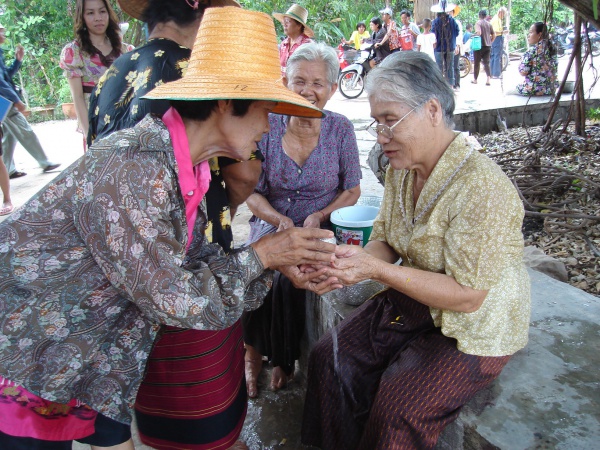Facts About Songkran
Songkran is Thailand’s national holiday for the New Year, celebrated annually on April 13th. The festivities typically extend from April 14th to 15th, although in 2018 the holiday lasted five days, and in 2019 it was observed from April 12th to 16th. The name "Songkran" originates from the Sanskrit word "saṃkrānti" which means transformation or change, aligning with the astrological rise of Aries and the New Year in various South and Southeast Asian calendars.
Historically, Songkran was Thailand’s official New Year until 1888, when it was changed to April 1st, and then to January 1st in 1940. The celebration spans three key days: April 13th is Maha Songkran, April 14th is Wan Nao, and April 15th is Wan Thaloeng Sok, the official New Year's Day. The timing of Songkran is calculated using the Thai version of the Surya Siddhanta, marking the sun's entrance into Aries in the sidereal zodiac system.
The festival is rich with traditions. People pour water for purification, make merit at temples, and engage in lively water fights symbolizing unity. Different regions of Thailand have their own unique customs during Songkran. In Central Thailand, the focus is on cleaning and dressing up, while in the South, the emphasis is on non-violence. In the North, celebrations include gunfire, whereas, in the East, temple visits and sand pagoda construction are popular.
Songkran is celebrated beyond Thailand as well. The Siamese community in Malaysia also observes it, and there are similar festivals like Pana Sankranti in Odisha, India, Sangken in northeastern India, and Vishu in Kerala. However, the festival is not without its controversies, such as a high rate of accidents during the holiday period and intellectual property disputes, like the "Celebrate Singapore" event in 2014.

 Cambodia
Cambodia